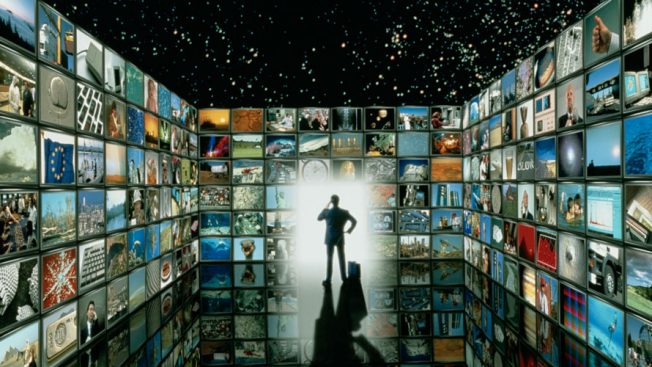Mark your calendar for Mediaweek, October 29-30 in New York City. We’ll unpack the biggest shifts shaping the future of media—from tv to retail media to tech—and how marketers can prep to stay ahead. Register with early-bird rates before sale ends!
Each year, the upfronts roll around and instill a mix of promise, fantasy, realism and energetic fun into the industry. I often think we’re living in a Charles Dickens novel full of satire, comical characters and conflict. So, using some of Dickens’ most well-known words, let’s break down what we can expect to see or hope to hear from the networks during this week’s presentations in N.Y.
Best of times
There’s no question we’re in the new golden age of TV. Whether you’re into HBO’s Game of Thrones, FX’s Atlanta or NBC’s This Is Us, TV is pretty spectacular right now regardless of where or how you watch it.
For brand marketers and media professionals, most networks have finally listened and are willing to provide value beyond the CPM. Whether it’s custom sponsorships, integrations, branded content or events, the world is TV marketers’ oyster. The networks need to double-down and really own these bespoke omnichannel opportunities next week. Build it, and don’t simply buy it. There’s no better time than now to be in the media industry or to simply be someone who loves TV.
Worst of times
Let’s face it: Change is hard. Not only has the explosion of choices made media planning exponentially more difficult, but there’s also the challenge of balancing new-school versus old-school thinking, which is especially prevalent in the TV marketplace.
On the agency side, progressive media strategists balance data and creativity to bring solution-neutral recommendations to their clients. However, these grandiose plans often fall short by having TV buyers revert back to GRPs and CPMs to solely guide their purchase decisions. Sure, we all want to be efficient and effective, but this massive disconnect needs to stop, despite all the talk of seamless integration at media agencies.
On the network side, the almighty prime-time programming grid still rules many of the upfront presentations. While live TV viewing is far from dead, the prime-time programming grid reinforces an antiquated way of thinking, especially as networks now try to sell on-demand streaming and DTC app-based programs. It’s time to move on from the programming grid and sell the idea and not just the 30-second ad.
Age of wisdom
For many years, the advertising trades have predicted (or advocated for) the end of upfronts. The argument often goes that upfront commitments are no longer relevant in the real-time, optimizable digital media age. But these headlines no longer exist.
Simply put: Upfronts work. They’re a win-win for clients and networks alike, each providing the other with financial value and peace of mind via guarantees and optimal programming in this high-demand/low-supply TV landscape. What’s more, media consolidation by Comcast, Disney and AT&T now brings a wealth of cross-channel opportunities, first-party data, advanced targeting and measurement via upfront commitments. Disney’s move this year to only participate in the upfronts (read: no NewFronts) indicates that this model is more relevant than ever, and obviously includes more than TV. Let’s hope the networks use this newfound optimism to showcase their strengths and not to apologize for not being digital.
Age of foolishness
Just because it exists doesn’t mean you should buy it. I’m talking about product placement, media integrations and branded content. Yes, they’re the creative media opportunities I wrote so fondly about before, but while the good are very good, the bad, well, are really bad.
I’m not going to name names, but we’ve all seen cringe-worthy network-created vignettes that feel forced and fake, often next to a superior TV commercial for the same brand. I’m as excited as the next media person to create something smart, premium and seamless between the brand and the network, yet all bespoke content requires a lot of strategy, ideation and co-creation, not simply an add-on or “added value.” Premium content is something nearly every brand wants, and media partners—specifically TV networks—can create and amplify these opportunities at scale better than most. My only ask for networks this year is to be selective and say “no” more often.
Taking a cue from Dickens, let’s hope next week’s upfronts reflect more best and wisdom than worst and foolish. Because these truly are amazing times for TV and brands.








